Some amateur gardeners have tried growing crops from seeds collected from their favorite hybrid plants. Unfortunately, the plants grown from these seeds often differ from their parents in terms of yield, resilience, and fruit quality.
Even if the seeds are collected with meticulous care, they won’t produce the desired results. To understand why, it’s worth exploring what hybrids are, how they’re created, and what advantages they offer.
How Are F1 Hybrid Seeds Produced?
Many people associate the term “hybrids” with genetically modified products, which leads them to stick with older, time-tested varieties. However, the reality is much simpler. Hybrids have been developed for centuries, just like traditional varieties.
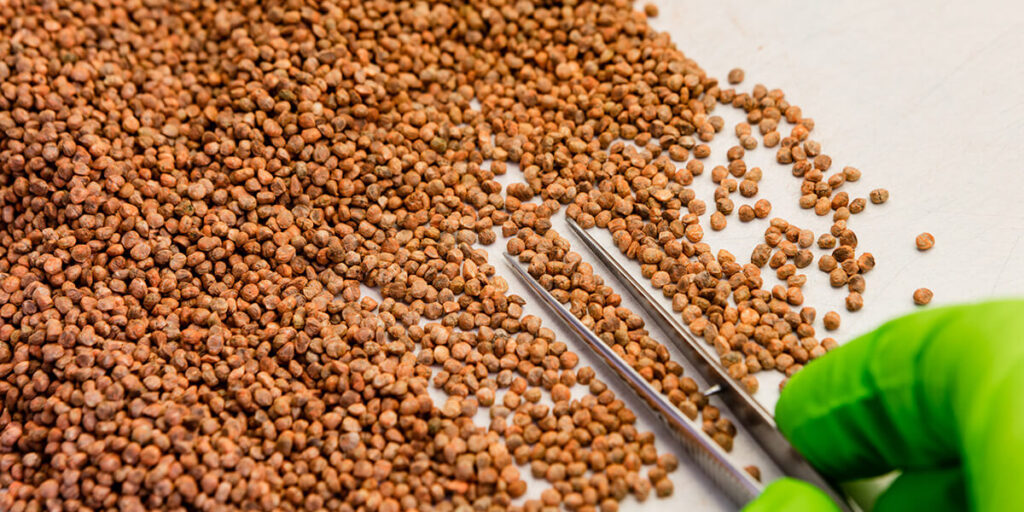
Hybrids are the result of years of work by plant breeders. They cross a “father” plant with desirable traits with a “mother” plant that has complementary strengths. For example, if the “father” is highly productive and the “mother” has exceptional flavor, their offspring might combine high yields with great taste. This is how hybrids are created.
Breeders label hybrids with a special designation, written after the name: F1. The “F” stands for the Italian word Filli, meaning “children,” and the “1” indicates the first generation. Subsequent generations are labeled F2, F3, and so on. For crossbreeding, breeders typically select the most resilient, productive, and flavorful plants to ensure their offspring inherit the best traits.
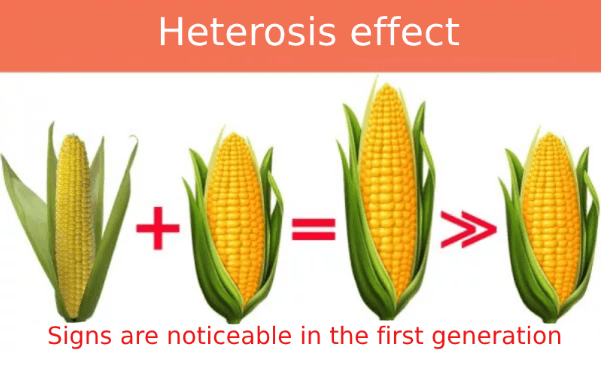
When it comes to the F2 generation, the results are less consistent. Some “grandchildren” may be productive but lack flavor, while others might be tasty but have low yields. A few may even be neither productive nor flavorful. However, a small portion of F2 plants may still produce fruit similar to the F1 generation, though with slightly reduced flavor or yield.
These F2 “grandchildren” that closely resemble the F1 “children” are selected to produce the next generation, the “great-grandchildren” (F3). This process continues, with each generation showing more variability as the hybrid breaks down. Eventually, after several generations, the hybrid stabilizes into a new variety.
What’s the Difference Between a Variety and a First-Generation Hybrid?
The key difference lies in a phenomenon called heterosis, or hybrid vigor. This occurs when the first generation of hybrids, resulting from crossing distinct varieties or species, exhibits enhanced vitality, productivity, growth, and resistance to pests and diseases.
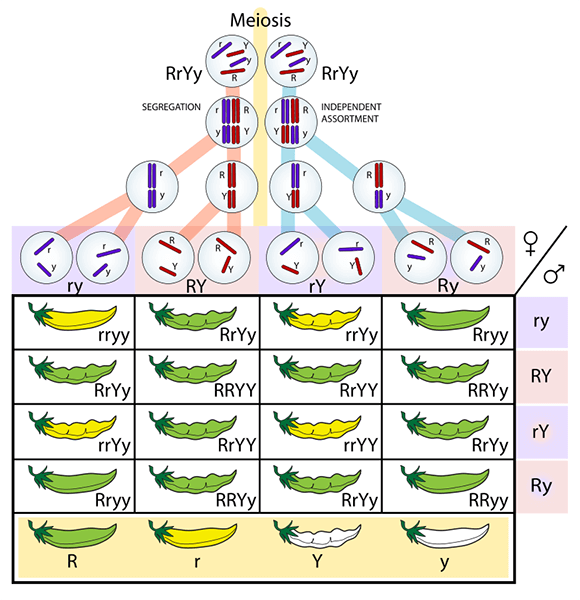
In essence, the unique combination of traits from two different parent lines results in offspring that outperform their parents in many ways. However, this heterosis effect diminishes in subsequent generations, which is why varieties—lacking the hybrid vigor of F1 hybrids—cannot match their performance.
Heterosis is a powerful boost for the first generation of hybrids. The downside, however, is that seeds collected from hybrid fruits suffer from what’s known as “hybrid segregation,” as described by Mendel’s second law. This law explains that when two F1 hybrids are crossed, the resulting F2 generation shows a predictable split in traits: a 3:1 ratio for observable characteristics (phenotype) and a 1:2:1 ratio for genetic makeup (genotype).
Mendel’s famous pea experiment clearly illustrates this segregation of traits. In simple terms, the careful work of breeders is most effective in the first generation. With each subsequent generation, the likelihood of retaining the same desirable traits decreases.
For example, if you collect seeds from a hybrid tomato, the plants may still grow well, and you might not immediately notice differences like reduced height or delayed fruiting. However, with each generation, the plants will increasingly lose their hybrid qualities as the genes of their distant ancestors reemerge.
Why Choose Hybrids?
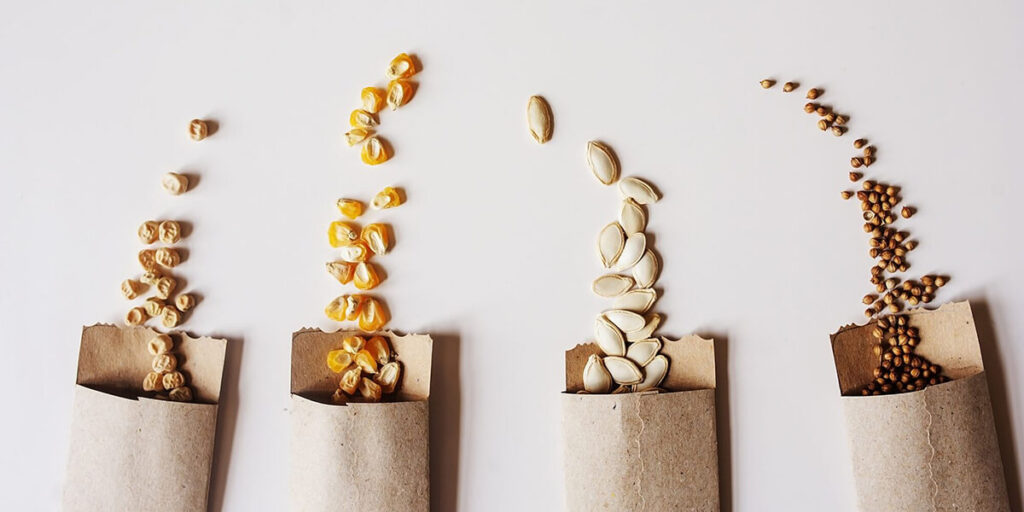
Hybrids offer numerous advantages that traditional varieties often lack in today’s world. There are two main reasons why hybrids are often the better choice:
- The Heterosis Effect: The first generation of hybrids shows a significant boost in dominant traits, such as yield, flavor, and resilience.
- Hybrid Breakdown in Later Generations: In the F2 generation and beyond, the hybrid’s traits begin to break down. For instance, if you invest heavily in growing crops but end up with 25% or more substandard fruit in the F2 generation, the losses can be significant.
Consider what’s worth investing in: high-quality seeds or the additional resources (fertilizers, pesticides, irrigation systems, protective films, and your own time and effort) needed to achieve a decent harvest with less reliable seeds.
Breeders dedicate years of meticulous work to create plants that are stress-resistant, immune to diseases, and capable of producing high yields of attractive, flavorful fruit. This effort comes at a cost, which is reflected in the price of hybrid seeds.
However, those who have tried growing hybrid tomatoes, cucumbers, peppers, or other vegetables and flowers rarely return to traditional varieties. This is especially true for commercial growers who rely on their crops for income. Investing in high-quality seeds often saves money in the long run by reducing the need for pesticides and fertilizers while yielding premium fruit that fetches higher prices on the market.
A Tip!
Parthenocarpic hybrids, which produce fruit without pollination, never yield viable seeds. Collecting and preparing seeds from these plants is simply a waste of time.
Another advantage of hybrids is their adaptability to changing climates. With unpredictable weather patterns like prolonged rains or droughts, a plant’s resilience is more important than ever. Not all traditional varieties can withstand such conditions, which is why breeders are constantly developing new hybrids tailored to specific environments.
If someone claims that Dutch seeds won’t grow in Ukraine, don’t believe it. Seeds sold in Ukraine undergo a rigorous registration process that lasts at least three years and includes trials in local climate conditions. Every seed company operating in Ukraine has a representative who ensures that the hybrids they offer are suitable for local growing conditions.
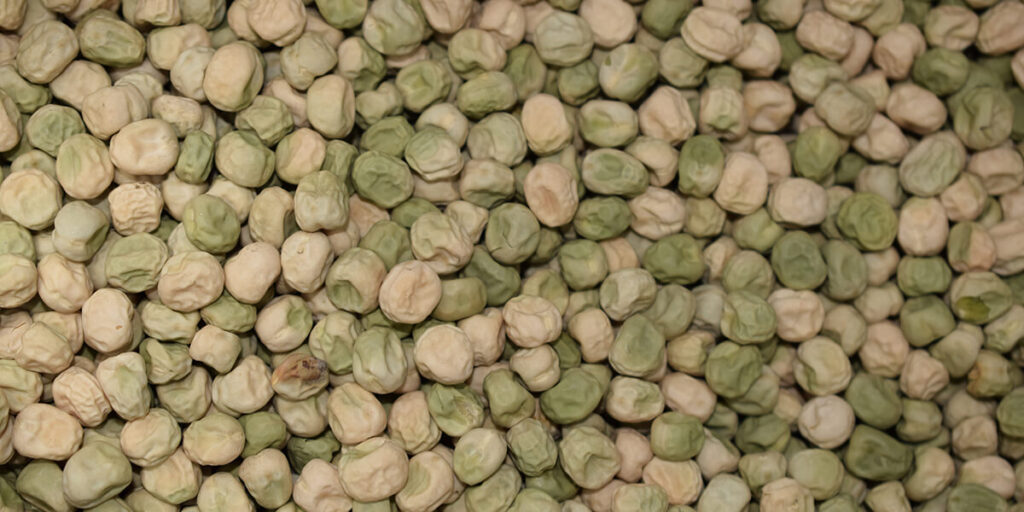
Conclusion
While it’s possible to collect seeds from some hybrids, the resulting plants will almost certainly have lower yields and reduced quality. If you’re considering using seeds from hybrids, ask yourself: is it worth risking your harvest, time, and money when genetics might not work in your favor? Opting for high-quality hybrid seeds is often the smarter choice for a bountiful and reliable crop.
If you have found a spelling error, please, notify us by selecting that text and pressing Ctrl+Enter.

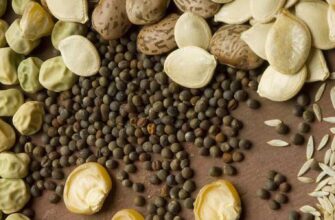
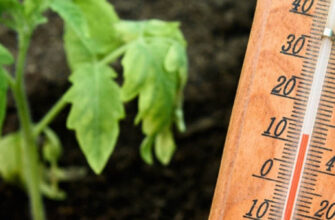
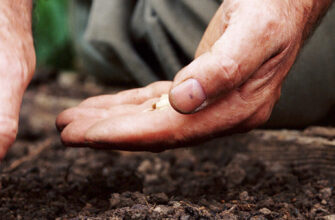
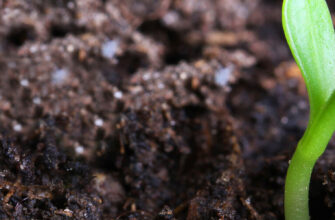
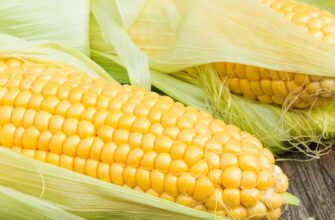
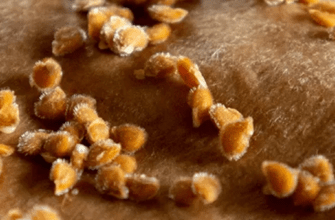
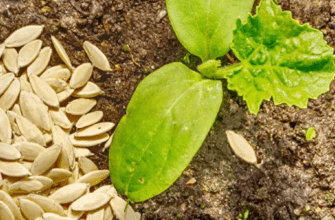
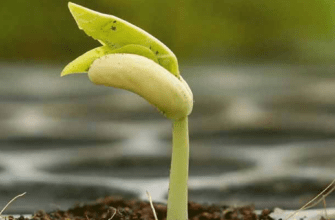
Thank you for the important information for me
And thank you for your good review!